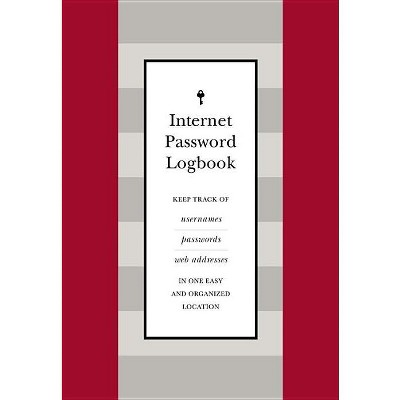About this item
Highlights
- As the complexity of modern embedded systems increases, it becomes less practical to design monolithic processing platforms.
- Author(s): Joao Cardoso & Michael Hübner
- 296 Pages
- Technology, Electronics
Description
About the Book
As modern embedded systems increase in complexity, reconfigurable computing, with its flexible design parameters, is becoming more widely adopted. This book covers both hardware and software aspects to help designers become more acquainted with the issues.
Book Synopsis
As the complexity of modern embedded systems increases, it becomes less practical to design monolithic processing platforms. As a result, reconfigurable computing is being adopted widely for more flexible design. Reconfigurable Computers offer the spatial parallelism and fine-grained customizability of application-specific circuits with the postfabrication programmability of software. To make the most of this unique combination of performance and flexibility, designers need to be aware of both hardware and software issues. FPGA users must think not only about the gates needed to perform a computation but also about the software flow that supports the design process. The goal of this book is to help designers become comfortable with these issues, and thus be able to exploit the vast opportunities possible with reconfigurable logic.From the Back Cover
As the complexity of modern embedded systems increases, it becomes less practical to design monolithic processing platforms. As a result, reconfigurable computing is being adopted widely for more flexible design. Reconfigurable Computers offer the spatial parallelism and fine-grained customizability of application-specific circuits with the postfabrication programmability of software. To make the most of this unique combination of performance and flexibility, designers need to be aware of both hardware and software issues. FPGA users must think not only about the gates needed to perform a computation but also about the software flow that supports the design process. The goal of this book is to help designers become comfortable with these issues, and thus be able to exploit the vast opportunities possible with reconfigurable logic.
Focuses on both hardware and software systems
Treats FPGAs as computing vehicles rather than glue-logic or ASIC substitutes
Assembles broad set of models for exploiting FPGA parallelism
Demonstrates how to use and manage reconfiguration
Provides broad set of case studies demonstrating how to use FPGAs in novel and efficient ways
Shipping details
Return details
Trending Computers & Technology Books








